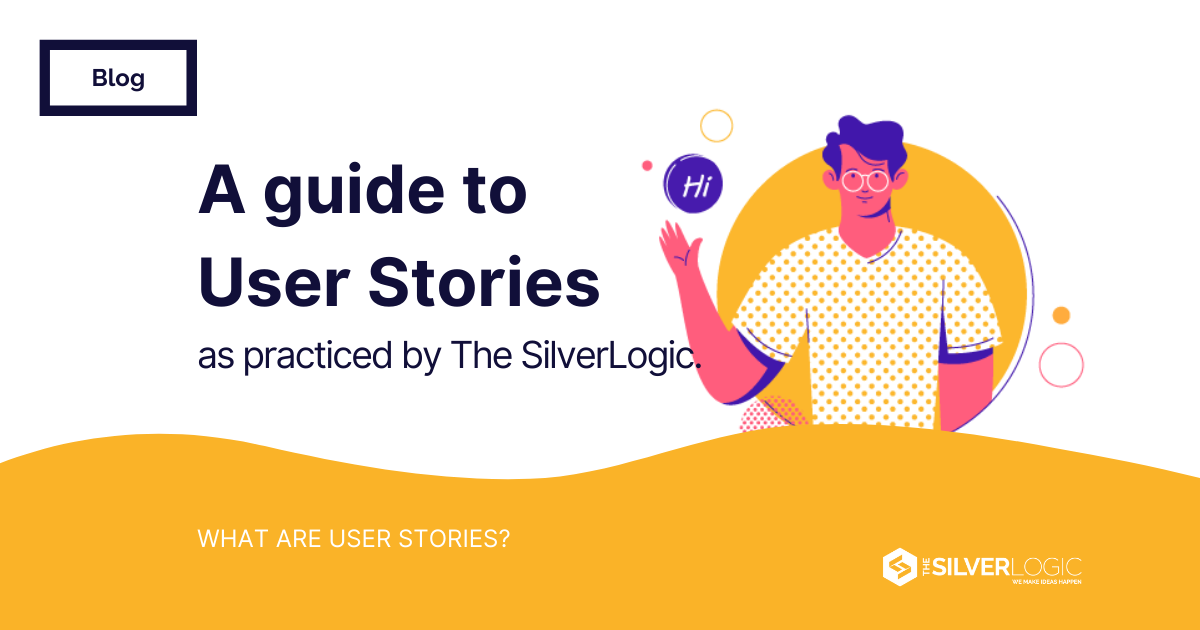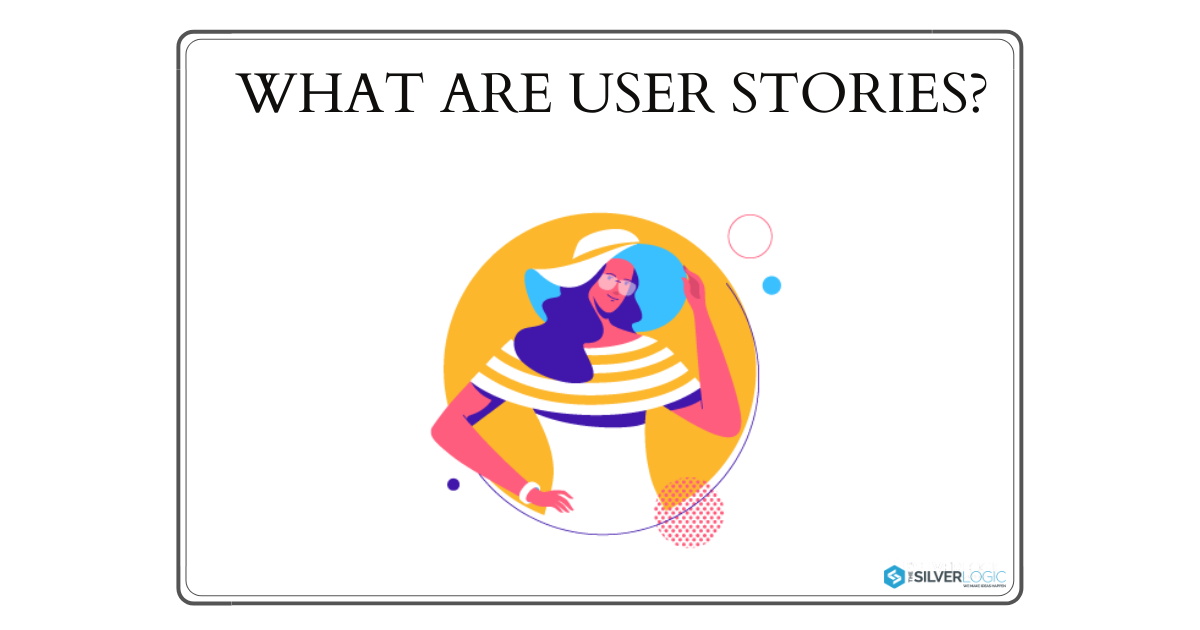Mastering Agile Story Writing with INVEST Criteria
In Agile software development, writing user stories is an essential skill for any Scrum team. A well-crafted user story serves as a building block for delivering valuable features to customers efficiently. An effective strategy to improve the quality of your user stories is the INVEST criteria. In this blog post, we'll delve into the INVEST criteria and explore how it can be a useful tool for enhancing your team's storywriting skills.
What is INVEST?
INVEST is an acronym that stands for Independent, Negotiable, Valuable, Estimable, Small, and Testable. These criteria provide a structured approach to crafting user stories that are both effective and efficient within an Agile framework, such as Scrum. Let's break down each component of INVEST and understand how they contribute to better user stories (Agile Alliance.org).
Independent
Ideally, each user story should be independent of other stories in the backlog. This means that each story should stand on its own and be able to be developed and deliverable without relying on the completion of other stories. Maintaining independence among stories offers several advantages:
- Flexibility: Independent stories allow for greater flexibility in prioritizing and sequencing work. Teams can work on stories concurrently without bottlenecks caused by dependencies
- Change Management: When you need to make changes to the backlog, independent stories make it easier to adapt without disrupting the overall development process
Negotiable
User stories should be negotiable, meaning they can be adjusted or modified as the project evolves. The ability to negotiate is crucial in Agile methodologies like Scrum, where changes in requirements are expected and welcomed. Here's why negotiability matters:
- Adaptability: Agile development thrives on adaptability. Teams must be able to pivot and adjust to changing client needs and shifting priorities
- Collaboration: A negotiable story encourages collaboration between team members, stakeholders, and clients, ensuring that the story aligns with evolving project objectives
Valuable
In Agile, the focus is always on delivering value to the customer. Therefore, each user story should contribute value to the project and align with the overarching goals. Prioritizing valuable stories is a cornerstone of Agile development:
- Customer-Centric: Agile frameworks like Scrum emphasize delivering value to stakeholders. By prioritizing valuable stories, you're putting the customer's needs first
- Efficiency: Focusing on value ensures that the most critical features are developed first, increasing project efficiency and reducing time-to-market
Estimable
Stories should be estimable, which means that the team can accurately predict the time and effort required to complete the story. Estimability aids in project planning and workload distribution:
- Planning: Accurate estimations enable better project planning and resource allocation. Teams can commit to realistic sprint goals
- Complexity Management: Understanding the complexity of a story helps in identifying potential challenges and addressing them proactively
Small
User stories should be small, and ideally complete within a single sprint. Breaking down stories into smaller, manageable pieces offers several benefits:
- Flexibility: Smaller stories provide greater flexibility in prioritization and allow for faster delivery of valuable features
- Feedback Loop: Small stories facilitate faster feedback from stakeholders and end-users, enabling continuous improvement
- Risk Mitigation: Reducing story size mitigates the risk of lengthy development cycles, ensuring that work remains relevant and aligned with project goals
Testable
A user story should be testable, meaning it can be rigorously tested to validate that the acceptance criteria and customer requirements have been met. Testability is vital for quality assurance and customer satisfaction:
- Quality Assurance: Testing user stories ensures that the delivered features are functional, free of defects, and meet user expectations
- Customer Satisfaction: Testable stories increase confidence that the product will meet customer needs, leading to higher customer satisfaction
Applying INVEST Criteria in Agile
When crafting user stories, your team should continually ask themselves whether the story aligns with these key points. By adhering to the principles of INVEST, you can ensure that your stories are well-defined, focused, and easy to implement. This approach leads to a superior end product, a happier customer, and a more efficient development process. Whether you're a seasoned Agile practitioner or just getting started, make INVEST a “go-to” tool in your toolbox for crafting exceptional user stories.
This blog is based on the Udemy Course, “User Story Masterclass: Your Agile Guide to User Stories.”

